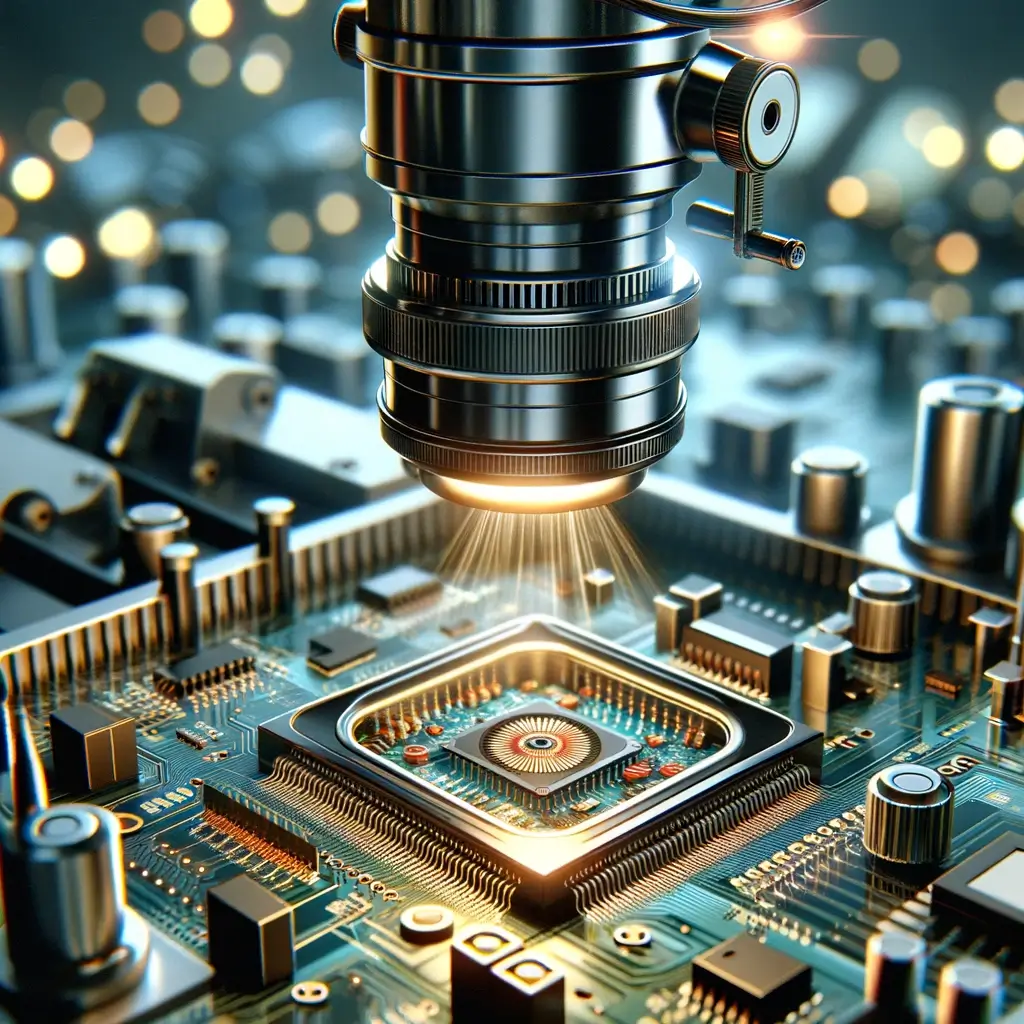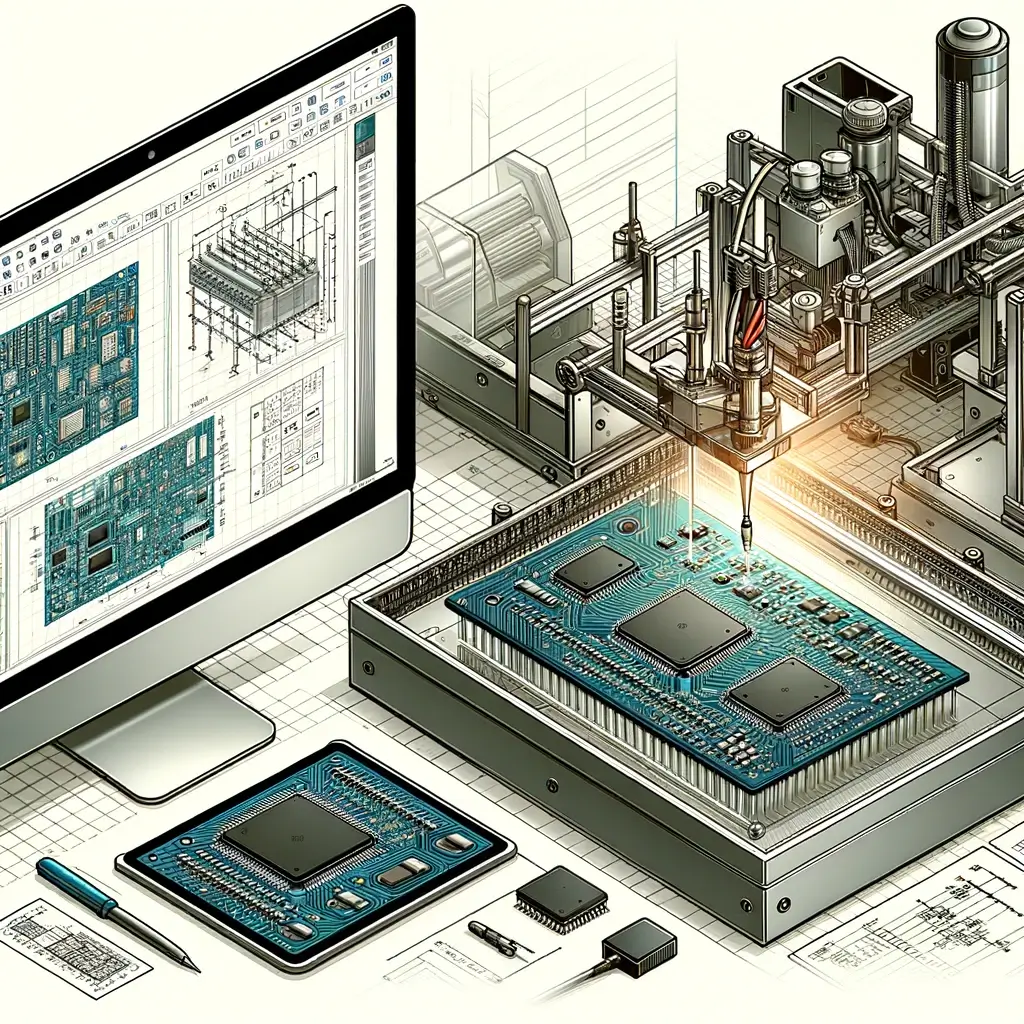Does The Design Of Heavy Copper PCB Matter?
When it comes to creating an efficient and reliable printed circuit board (PCB) for heavy copper applications, the design plays a vital role. The density and the interconnectivity of the PCBs affect the performance and durability of the circuit board. Heavy copper PCBs are mostly used in industrial applications and high-power applications, where reliability is a priority.
Therefore, the design of the heavy copper PCB is critical to its success, as it affects how the circuit board will function under high-current and high-temperature loads.
By carefully considering the design choices such as trace width, thickness, and size, it is possible to create a heavy copper PCB that effectively handles the current and also provides high durability. So, if great design results in high performance, then designers must give due attention to the design of the heavy copper PCB.
1. What is the Purpose of a Heavy Copper PCB Design
Heavy Copper PCB designs are a type of printed circuit board that is specifically engineered to support large amounts of current.
The purpose of such a design is to increase the functionality and durability of electric circuits in electronic devices and equipment. This type of PCB allows for a greater amount of current to flow through the board without it overheating or malfunctioning.
Heavy Copper PCB designs can often handle currents that traditional PCBs cannot, which makes them ideal for industries such as automotive, aerospace, and military applications. Not only do they increase the life expectancy of electronic devices, but they also provide excellent thermal management, improved signal integrity, and can even reduce the size and weight of electronic systems.
2. What are the Benefits of a Heavy Copper PCB Design
If you’re looking to take your printed circuit board design to the next level, a heavy copper PCB might be the way to go. What exactly is a heavy copper PCB?
Well, it’s a circuit board that has thicker-than-normal copper layers, typically ranging from 4 oz to 20 oz. This type of design has many benefits, such as increased power handling capabilities, improved thermal conductivity, and enhanced durability. Heavy copper PCBs are often used in high-power applications, such as power supplies, industrial controls, and transportation systems.
So, if you want a PCB that can handle more power and last longer, a heavy copper design is definitely worth considering.
3. How Does the Design Impact Performance
The design of a printed circuit board (PCB) can make or break its performance.
This is especially true for heavy copper PCBs, which are known for their ability to withstand high current applications. The thickness and placement of copper traces play a crucial role in reducing resistance and preventing overheating.
Additionally, the shape and layout of the board must be carefully considered to minimize electromagnetic interference and crosstalk. With proper design and layout, a heavy copper PCB can deliver maximum efficiency and reliability for a wide range of demanding applications.
4. How to Achieve a Robust and Reliable PCB Design
When it comes to creating a PCB design that is robust and reliable, there are a few important factors to keep in mind. One crucial element to consider is the use of a heavy copper PCB. This type of PCB is built with thicker copper layers and can handle higher levels of current and thermal management.
By using a heavy copper PCB, you can create a design that can withstand the rigors of intense applications and provide a longer lifespan for your product.
Additionally, it’s essential to focus on proper component placement, efficient routing, and utilizing design software that can help you identify potential issues before they become problematic.
By following these tips, you can achieve a PCB design that is not only durable but also optimized for exceptional performance.
5. What Manufacturing Processes Are Essential for Heavy Copper PCBs
Heavy Copper PCBs are an essential component in the world of electronics manufacturing. These specialized printed circuit boards can withstand high currents and voltage levels that standard PCBs simply can’t handle.
However, creating these heavy-duty circuit boards requires an entirely different manufacturing process. To achieve the desired thickness and durability, manufacturers must utilize processes such as electroplating, via filling, and thermal management.
These methods ensure that the board can handle the heavy power loads and maintain overall integrity. Without precise execution of these essential manufacturing processes, the results could be catastrophic, leading to PCB failure and potentially dangerous situations.
Therefore, it’s imperative to work with professionals that understand the intricacies of heavy copper PCBs and can ensure their successful delivery.
6. Challenges in Designing & Manufacturing Heavy Copper PCBs
Designing and manufacturing heavy copper PCBs comes with its fair share of challenges. The electronic industry has been revolutionized by the ever-growing demand for powerful, compact, and high-performance electronic devices.
Heavy copper PCBs are a perfect solution for these demands as they can handle high heat and can be made in complex designs. However, the complex nature of these boards makes the manufacturing process challenging. The thickness of the copper layers and the board’s size present particular challenges that require special equipment and techniques, which makes the cost of production relatively higher.
Despite the challenges, heavy copper PCBs are still deemed effective for many applications, including power supplies, motor controllers, and smart grid systems.



